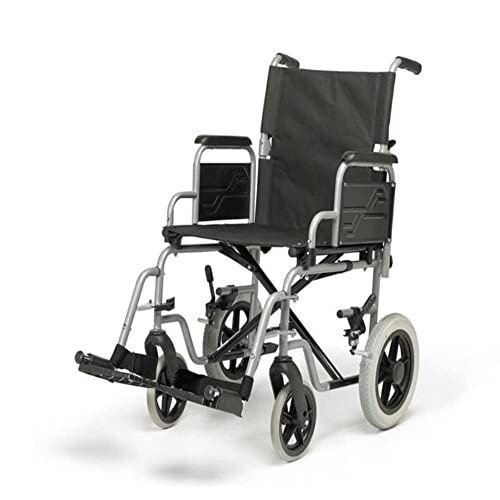The 3 Greatest Moments In Mobility Scooter History
Mobility Scooters: A Comprehensive Guide
Mobility scooters have ended up being an essential mode of transport for numerous people facing mobility difficulties. This article explores the different elements of mobility scooters, including their types, benefits, features, and a guide for prospective buyers.
Understanding Mobility Scooters
Mobility scooters are electrically powered devices created for people with restricted mobility. Brenton Roop offer a way of transport for people who may have trouble strolling however still wish to maintain their self-reliance. They are available in different styles and functions to cater to a large range of requirements.
Types of Mobility Scooters
Mobility scooters can usually be classified into three primary types:
Type
Description
Best For
Compact Scooters
These are small and lightweight, perfect for inside your home and short trips.
Users with limited storage space or those who take a trip frequently.
Mid-size Scooters
A balance in between mobility and stability, ideal for both indoor and outside usage.
Those who require to cover a variety of terrains.
Heavy-duty Scooters
Big and robust, developed for rugged outside use and much heavier people.
Users needing additional weight capacity or going off-road.
Key Features of Mobility Scooters
The option of mobility scooter typically depends upon the functions that align with specific requirements. Here are a few of the key functions to think about:
Weight Capacity: Mobility scooters come with different weight limitations. It is essential to pick a scooter that can effectively support the user's weight.
Variety: The range a scooter can travel on a single charge varies. Depending on user needs, one may choose for scooters with a series of approximately 40 miles.
Speed: Most mobility scooters can reach speeds in between 4 to 8 miles per hour. Consider what speed is comfortable and safe for the intended environment.
Turning Radius: A compact turning radius is necessary for indoor use, permitting simpler navigation in tight areas.
Battery Type: The type of batteries utilized can impact the scooter's performance. Lead-acid and lithium-ion batteries are the most common.
Advantages of Using Mobility Scooters
The benefits of mobility scooters extend beyond just transport. Some crucial benefits consist of:
Independence: Users can browse their environment without depending on caretakers, promoting self-reliance and self-esteem.
Health Benefits: Using a scooter can motivate outdoor activity, resulting in physical and psychological health improvements by decreasing sensations of isolation.
Convenience: Scooters can quickly be run in various environments, whether inside your home, in mall, or outdoors.
Crucial Considerations When Buying a Mobility Scooter
When acquiring a mobility scooter, several factors to consider can assist make sure that you select the ideal model:
Assess Individual Needs:
- Mobility level: Consider just how much support the person will need.
- Series of use: Determine where the scooter will primarily be utilized (inside your home, outdoors, on rough terrains, and so on).
Test Drive:
- Always test drive a number of models to find a suitable fit. Take notice of convenience, ease of steering, and the scooter's responsiveness.
Evaluation Safety Features:
- Look for scooters with adequate security functions like lights, indications, and anti-tip designs.
Inspect Warranty and Service Options:
- A trustworthy guarantee and available service choices are vital for long-term use.
Frequently Asked Questions about Mobility Scooters
**1. How fast do mobility scooters go?Mobility scooters normally have speeds varying from 4 to 8 miles per hour, with most designed for safety instead of high-speed travel. 2. Exist weight restrictions on mobility scooters?Yes, mobility
scooters feature particular weight limits, frequently ranging from
250 pounds to over 500 lbs, depending on the model. 3. Can mobility scooters be used indoors?Certain designs, particularly compact scooters, are particularly created for
**indoor use and are much easier to steer in tight areas. 4. How frequently do the batteries need to be replaced?Battery life can vary based on use, however usually, with proper care, batteries may last in between 1 to 3 years before needing replacement
**. 5. Are mobility scooters covered by insurance?Coverage can differ, however some insurance plans, consisting of Medicare and Medicaid, might cover part of the cost. It's suggested to contact private insurance coverage service providers. Mobility scooters serve as a
valuable tool for many individuals, allowing them to preserve
their flexibility and independence. By understanding the various types and features of mobility scooters, individuals can make educated choices tailored to their particular requirements.
Whether used for errands, socializing, or leisurely activities, mobility scooters can improve the lifestyle for those with mobility limitations. Buying a mobility scooter is a choice that can significantly impact a person's day-to-day life. Therefore, people must carefully evaluate their alternatives and choose a design that best lines up with their way of life and mobility requirements
.  ******
******